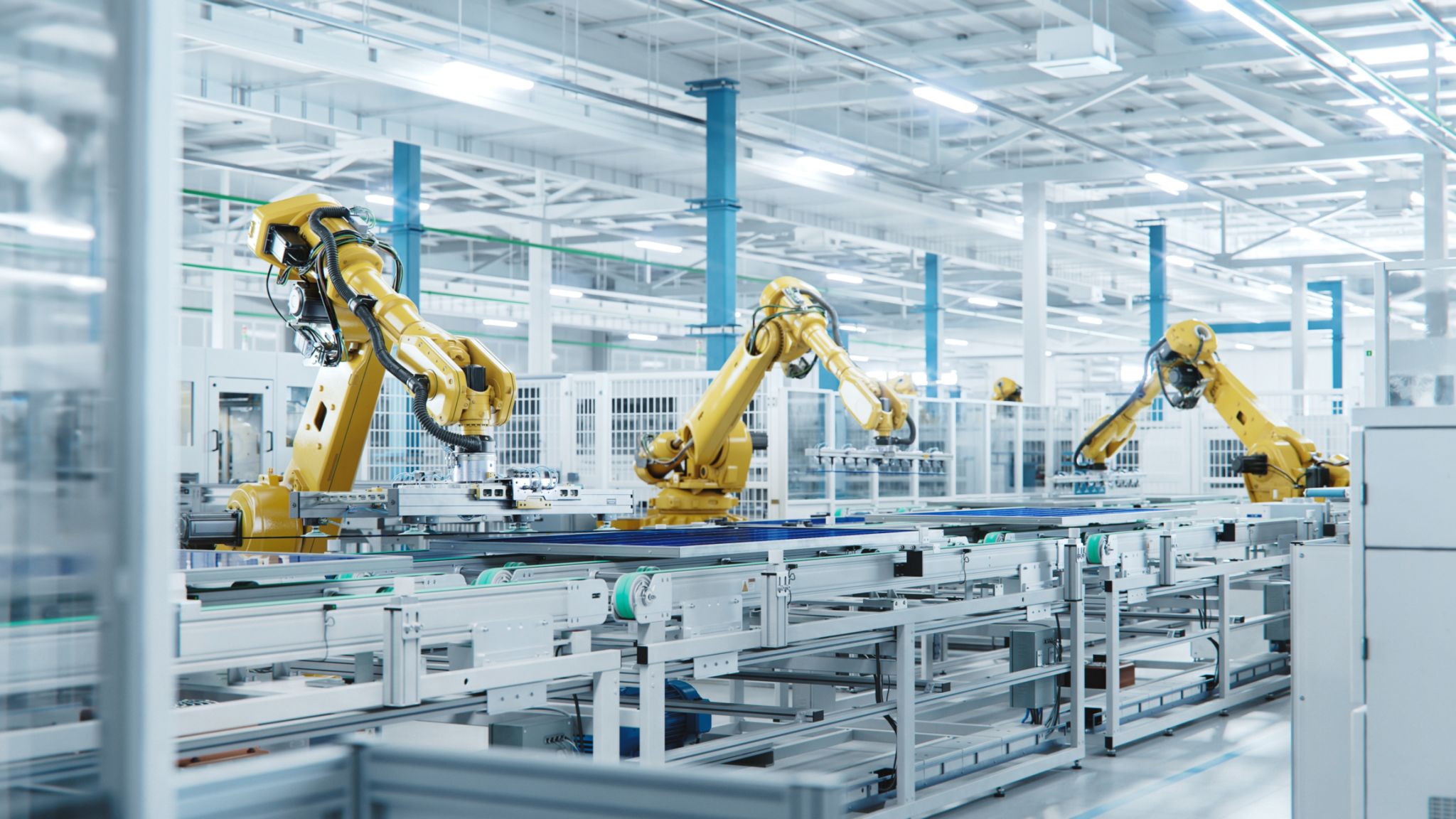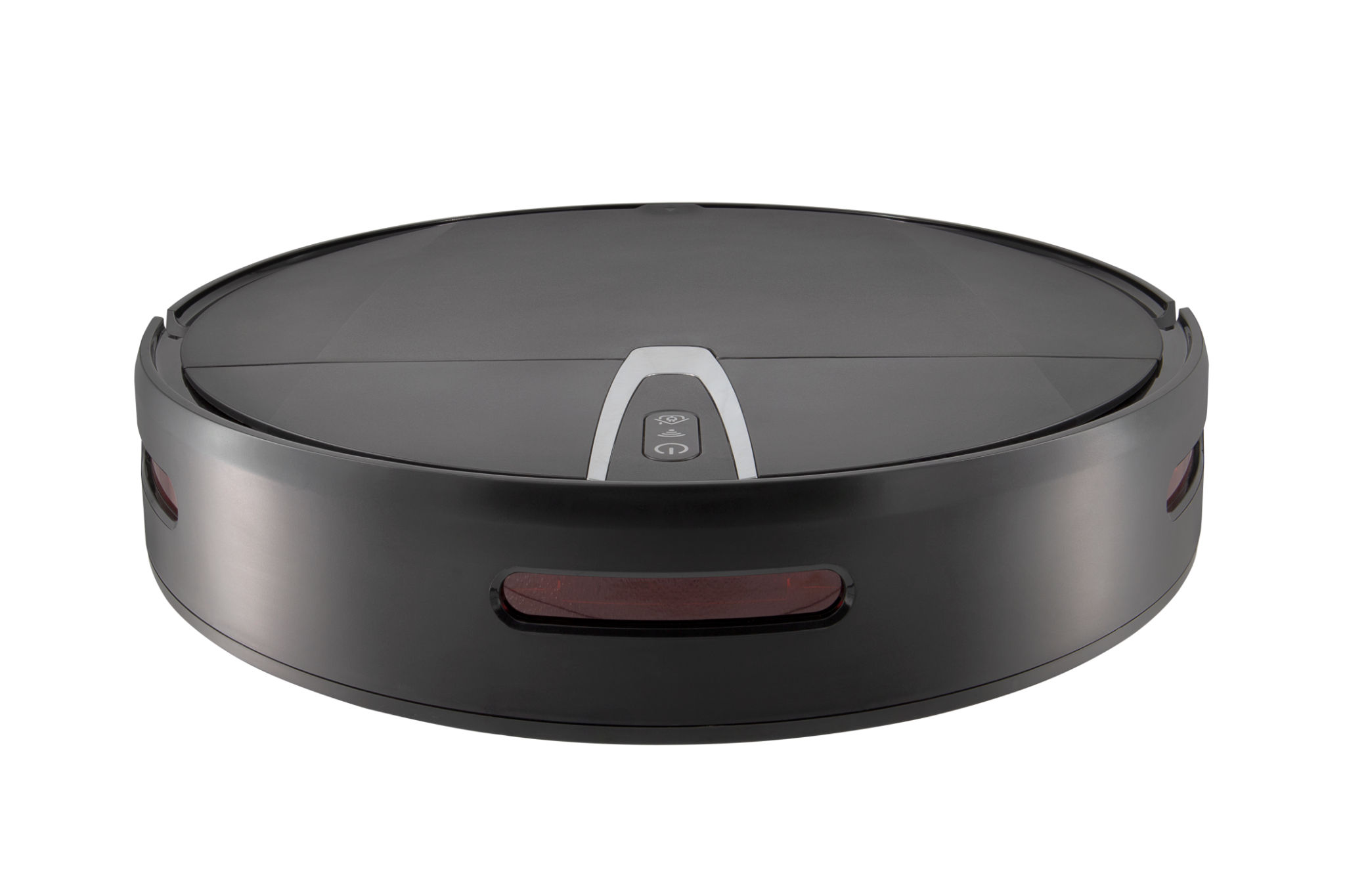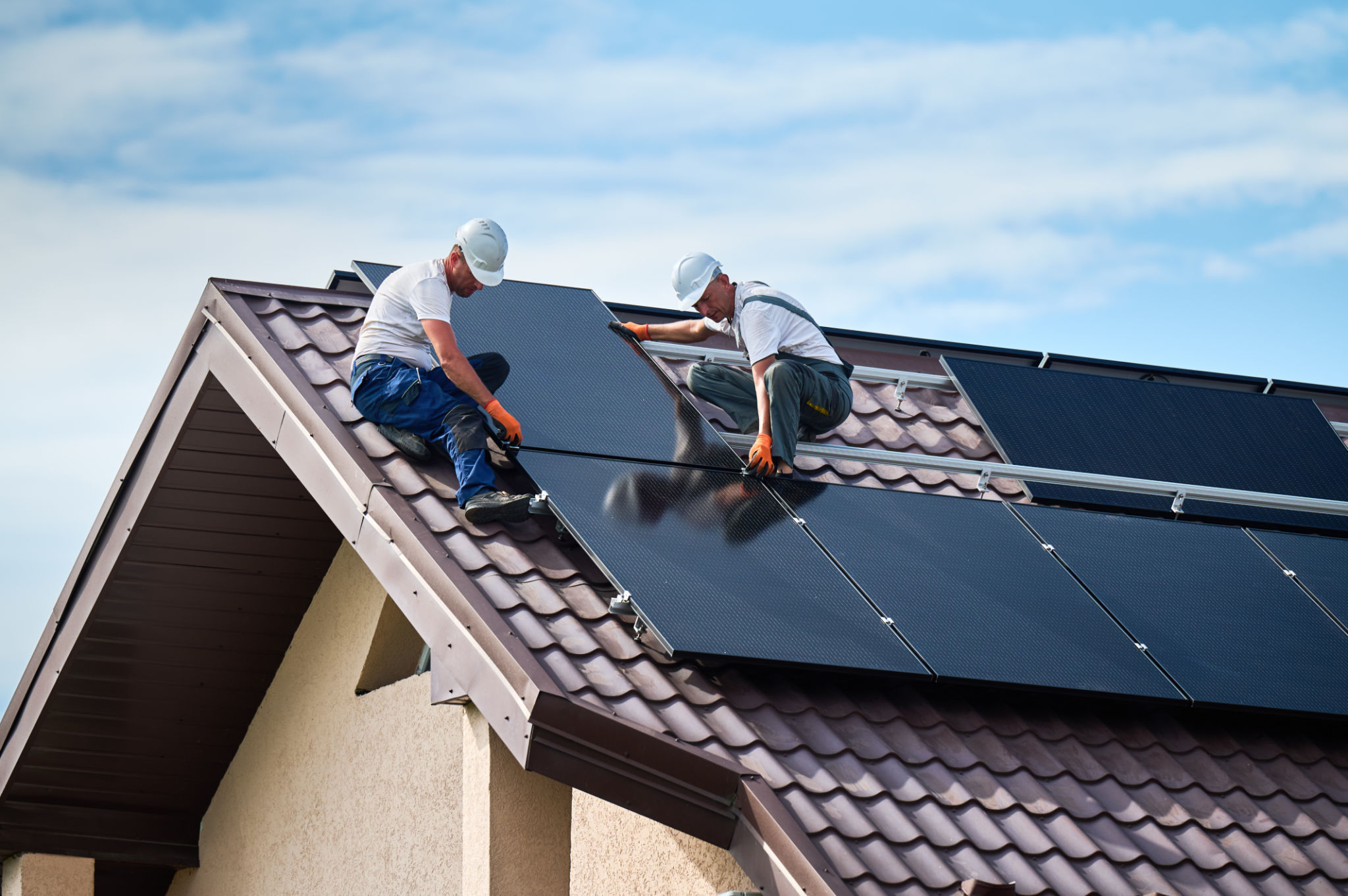Exploring the Future of Solar Energy with Robotic Innovations
The Rise of Solar Energy
The demand for renewable energy sources has been growing exponentially, with solar energy leading the charge. As we strive to reduce our carbon footprint and transition towards sustainable solutions, solar energy has become a beacon of hope. Its potential for providing clean, efficient, and inexhaustible energy is unparalleled.
The journey of solar energy has seen various technological advancements over the years. However, one of the most exciting developments is the integration of robotics into solar technologies. This combination holds the promise of transforming the way we harness and utilize solar power.

Robotics in Solar Panel Maintenance
One of the significant challenges faced by solar power systems is the maintenance of solar panels. Dust and debris accumulation can significantly reduce their efficiency. Traditionally, cleaning these panels has been a labor-intensive process. However, robotic innovations are changing the landscape.
With the introduction of autonomous cleaning robots, solar panels can now be maintained more efficiently and effectively. These robots are equipped with advanced sensors and cleaning mechanisms that allow them to operate without human intervention, ensuring optimal performance and extending the lifespan of solar panels.
Benefits of Robotic Cleaning
Integrating robotics into solar panel maintenance offers numerous advantages:
- Increased Efficiency: Robots can clean large arrays of panels faster than manual methods.
- Cost-Effectiveness: Reduces labor costs and minimizes downtime.
- Environmental Benefits: Uses minimal water resources compared to traditional cleaning methods.

Robotic Innovations in Solar Panel Installation
Beyond maintenance, robotics is revolutionizing the installation of solar panels. The precision and speed offered by robotic systems can significantly reduce installation times, making solar energy more accessible.
Automated systems are now capable of handling tasks such as layout planning, panel placement, and electrical connections. This not only accelerates the installation process but also ensures a higher level of accuracy and safety.
Impact on Solar Energy Adoption
The integration of robotics into the installation process is expected to boost the adoption rate of solar energy. By reducing installation costs and time, more individuals and businesses will find it feasible to switch to solar power, further driving the growth of renewable energy adoption.

The Future: Smart Solar Systems
As we look towards the future, the combination of robotics and artificial intelligence (AI) offers even more exciting possibilities. Smart solar systems equipped with AI can optimize energy production by adjusting panel angles and tracking sunlight with greater precision.
Such innovations will not only enhance the efficiency of solar power systems but also contribute to building more resilient energy infrastructures. The ability to predict and respond to changes in weather patterns and energy demands could revolutionize how we perceive and utilize solar energy.
Conclusion
The integration of robotics in the solar energy sector is paving the way for a future where renewable energy is not only more efficient but also more widespread. As these technologies continue to evolve, we can expect to see even greater advancements that push the boundaries of what's possible in harnessing the power of the sun.
Embracing these innovations is crucial as we strive for a sustainable future. The synergy between solar energy and robotics is a testament to human ingenuity, offering promising solutions to some of our most pressing environmental challenges.
